When the final whistle blew at Aviva Stadium on Saturday, November 15, 2025, Ireland didn’t just beat Australia—they dismantled them. The final score of 46-19 wasn’t just a win; it was a statement. In front of a roaring, rain-slicked crowd of over 50,000, the Irish team delivered a performance that left the Wallabies shell-shocked, continuing a run of dominance that now spans four straight victories over their southern rivals. Kick-off at 20:10 GMT under English referee Karl Dickson marked the start of a night that will be replayed in highlight reels for years to come.
First Half: A Masterclass in Precision
It began with a flash. At the 5th minute, Mack Hansen burst through Australia’s defensive line like a bolt of lightning, finishing off a move sparked by Stuart McCloskey. Sam Prendergast nailed the conversion—10-0. Ten minutes later, he did it again. Another try to Hansen, this time from a slick offload by Jamison Gibson-Park. The Irish were in rhythm. Australia, by contrast, looked disjointed. Their first real chance came at the 14th minute when Harry Potter (often misidentified as "Porter" in commentary) broke free, but the try didn’t come until the 17th, when Len Ikitau powered through from the ruck base, assisted by Jake Gordon. James O'Connor converted. 10-7. The Wallabies had life. But for how long?Second Half: Ireland’s Machine Turns Up the Heat
The second half wasn’t a comeback. It was a coronation. Caelan Doris, the "man of Mayo" as the TryZone TV commentator called him, was everywhere—tackling, stealing ball, carrying with purpose. By the 50th minute, Ireland had added three more tries: two from Jack Crowley’s boot after penalties, and one from Andrew Porter after a driving maul that looked like it was built in a factory. Australia’s Harry Wilson, their captain and only consistent threat, was worn down by relentless Irish pressure. By the 70th minute, the scoreboard read 38-12. The crowd had stopped counting. They were just watching.Historical Context: A Streak That Matches 1958
This wasn’t just another November win. It was history repeating. Ireland’s fourth straight victory over Australia matches their longest-ever winning run against the Wallabies—from 1958 to 1968. And here’s the twist: every one of Ireland’s last six wins over Australia has been decided by five points or fewer. Until now. This time, they won by 27. The margin didn’t just reflect superiority—it reflected a shift. Since 2018, Ireland has lost just one home game against a Rugby Championship side. That loss? To New Zealand in 2021. Australia? They’ve lost four of their last five away games in Europe. The psychological weight is mounting.Behind the Scenes: Coaching, Contracts, and Confusion
The irony isn’t lost on anyone: Australia’s head coach, Joe Schmidt, once led Ireland to Grand Slams between 2013 and 2019. Now, he’s trying to rebuild the Wallabies after a brutal 2025 British and Irish Lions tour loss on home soil. His 38-22 comeback win over South Africa in June felt like a turning point. But the 28-27 defeat to Italy in Udine just six days before this match? That was the crack in the armor. Meanwhile, Ireland’s coaching staff, led by Andy Farrell, have quietly built a machine—deep, disciplined, and devastatingly efficient. The IRFU has invested in youth development, and it’s showing: 11 of the starting 15 were born after 1995.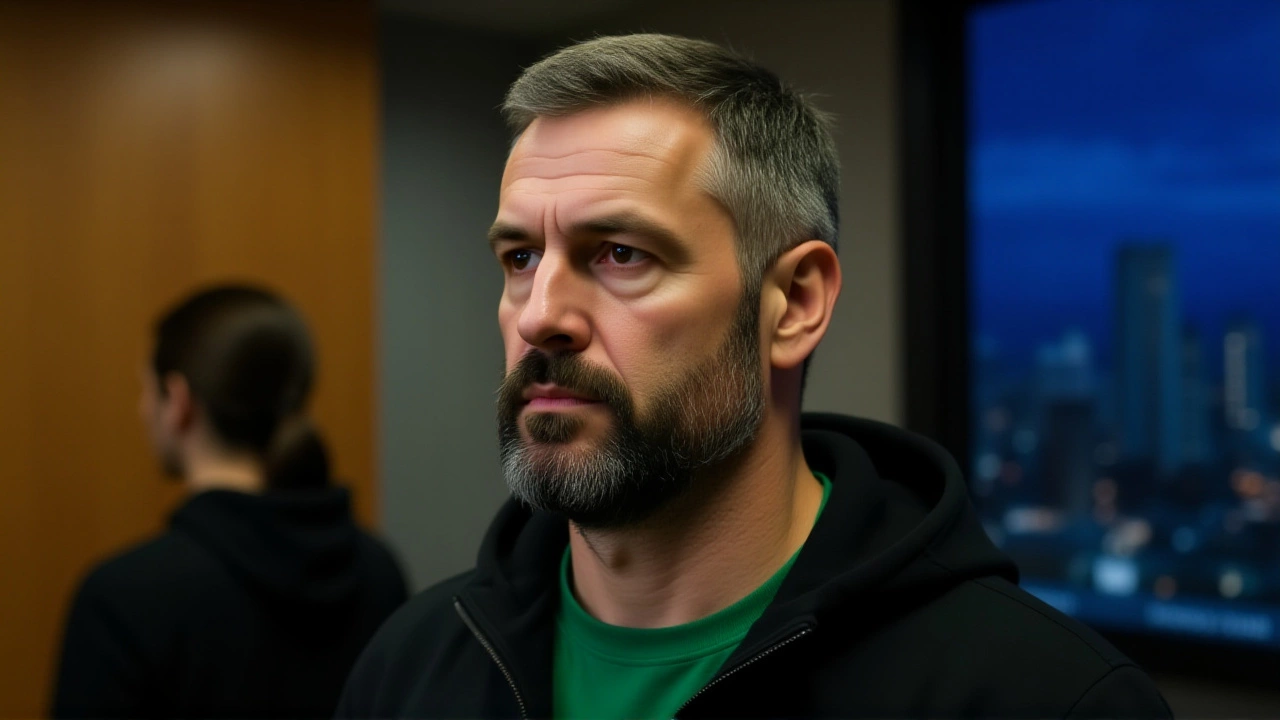
The Bigger Picture: Quilter Nations Series and the Global Game
This match was part of the Quilter Nations Series, the renamed Autumn Nations Series, now backed by UK wealth management firm Quilter plc. The event brings together Northern and Southern Hemisphere powers in a November window that’s become as crucial as the Six Nations. Broadcast exclusively in the UK and Ireland by TNT Sports—a Warner Bros. Discovery subsidiary—the game drew over 1.2 million viewers. Ticketmaster handled all sales, with prices ranging from €85 to €220. The financial stakes are real. But the sporting ones? Even higher.What’s Next?
Ireland’s next test? A home clash with Argentina on November 23. Australia? They head to Scotland on November 22, looking to salvage pride after a disastrous November. But the damage is done. Their record against top-tier teams in Europe now reads 1 win in 8 since the 2023 World Cup. Meanwhile, Ireland’s unbeaten run at Aviva Stadium against Southern Hemisphere sides stretches to 12 games. The message is clear: Dublin is no longer just a venue. It’s a fortress.Frequently Asked Questions
Why was this match so lopsided when Ireland’s past wins over Australia were so close?
Past victories were narrow because Australia’s defense held firm under pressure. This time, Ireland’s attack was too fast, too precise, and their forward pack—led by Caelan Doris—completely overwhelmed Australia’s lineout and scrum. The Wallabies also lacked composure after their Italy loss, and Ireland capitalized on every error. The 27-point margin was a result of sustained pressure, not a single mistake.
How does Joe Schmidt’s past with Ireland affect this rivalry?
Schmidt’s deep understanding of Irish systems gave Australia an edge in preparation, but it also made them predictable. Irish players knew exactly what he’d try to exploit—like targeting the blindside flank. His former players, including Doris and Gibson-Park, were hyper-aware of his tendencies. The irony? Schmidt built Ireland’s modern identity, and now his own team can’t replicate it.
What impact does this have on Ireland’s World Cup chances?
This performance signals Ireland as serious title contenders. Winning by 27 points against a top-tier Southern Hemisphere side on home soil proves they can dominate under pressure. Their depth, discipline, and tactical flexibility—especially in the backline—mirror the best teams in the world. If they maintain this form, they’re the team to beat in 2027.
Why did commentators misname players like "Porter" for Harry Potter?
It was a live broadcast error—likely due to similar-sounding names and the fast pace of commentary. "Porter" refers to Andrew Porter, Ireland’s tighthead prop, while "Harry Potter" is Australia’s flanker. The mix-up highlights how quickly names can blur under pressure. TryZone TV later corrected the transcript, but the mistake went viral on social media, adding a surreal layer to an already dramatic night.
How does the Quilter Nations Series compare to the old Autumn Nations Series?
The structure is identical, but the rebrand under Quilter plc signals deeper commercial investment. The series now features more high-stakes fixtures, better global broadcast coverage, and increased prize money for participating unions. This match’s viewership and ticket sales prove the rebrand is working—fans are tuning in not just for tradition, but for elite, meaningful rugby.
What’s next for Australia’s rugby program?
Australia’s next six months are critical. With a young squad and no clear succession plan beyond Joe Schmidt, they face a talent drought in the backline and inconsistent forward play. The loss to Italy and this defeat in Dublin expose systemic issues. Unless they overhaul their development pipeline and stabilize coaching continuity, their chances of competing in the 2027 World Cup are fading fast.
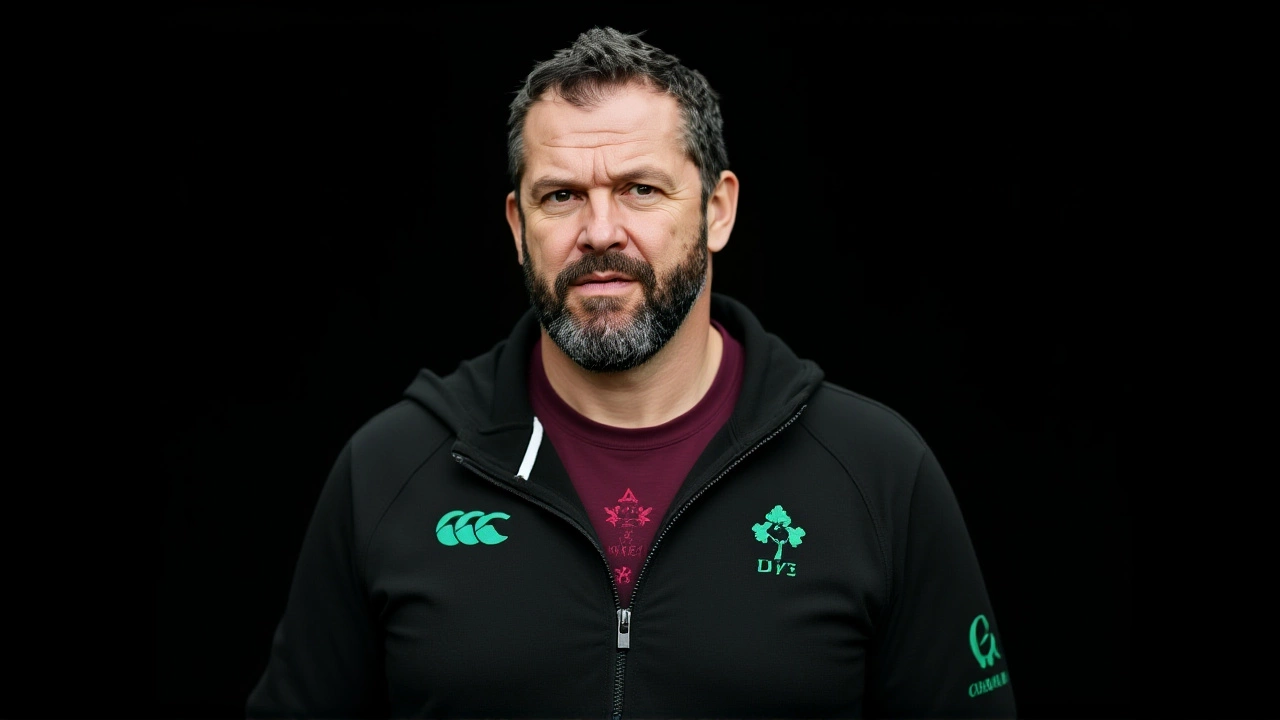

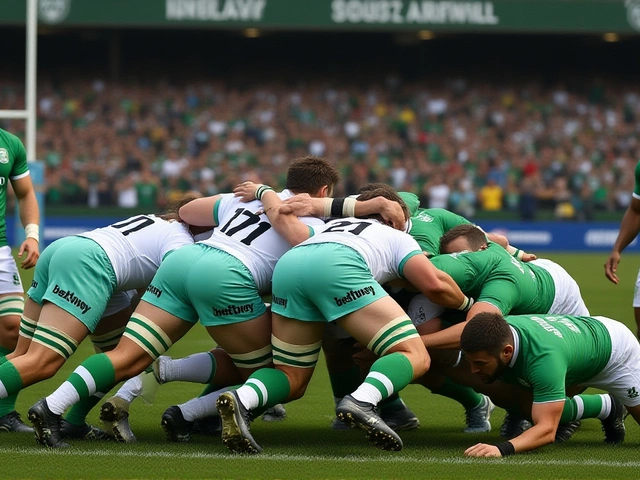
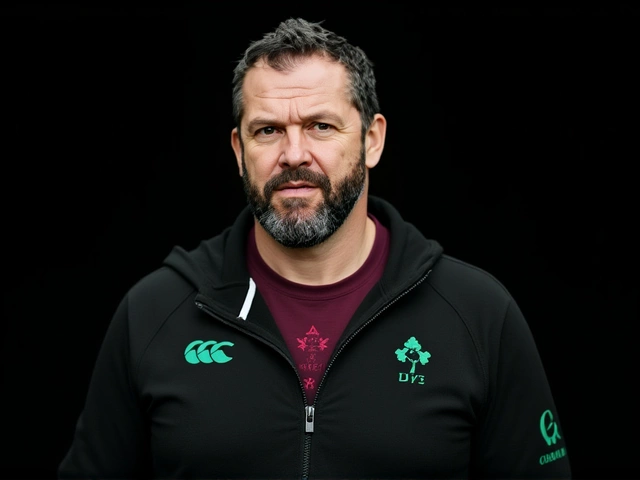
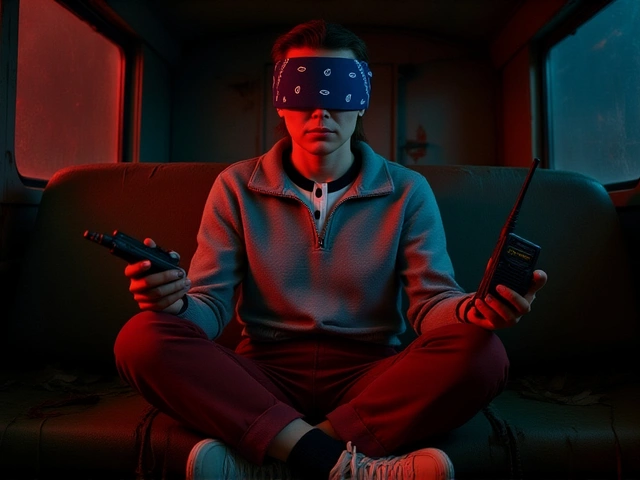
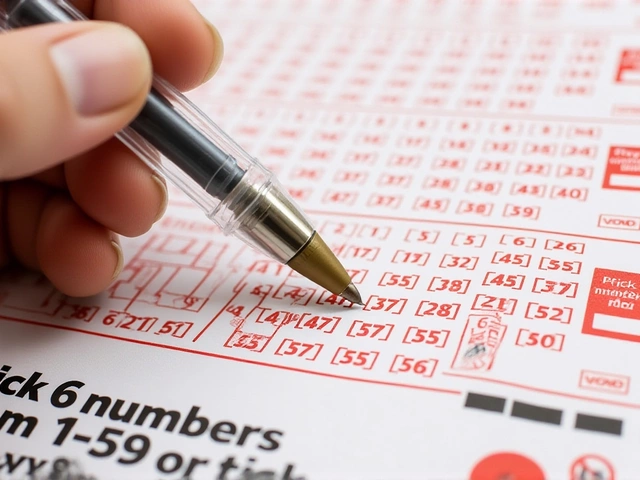
Post A Comment